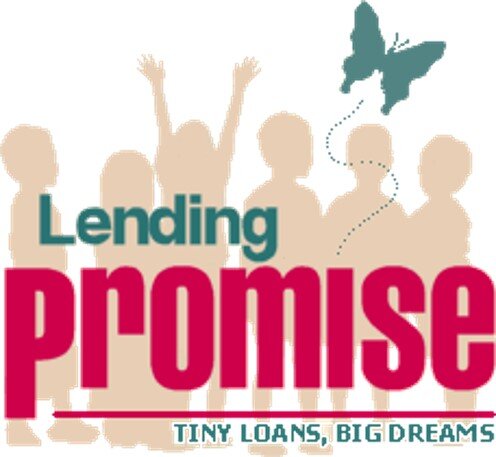
How Does Microcredit Work?
Microcredit helps poor people overcome poverty. It's small loans – often less than $100 per person – to people too poor to qualify for bank financing -- based on trust and not collateral. Unlike a handout, microcredit helps people become self-employed to generate their own income and not to consume resources. At Lending Promise, we think credit should be their right instead of a privilege available only to the prosperous few.
A microloan goes to a group of co-signers, typically women. Although each forms her own business such as a farm, tour guide, or handicrafts business, they repay loans as a group at meetings held approximately biweekly. During the loan term, the women receive services, including literacy training, small business counseling, and other supports to ensure their success. The loan term is typically short, usually about a year, and the interest rate is close to market rates rather than those demanded by personal "moneylenders," the loan sharks of the developing world, who charge as much as 30 percent. After paying off their initial loans, the groups often pool savings, making loans themselves to members who expand their businesses or buy a home.
In 1976, Muhammad Yunus, an economics professor in Bangladesh, founded Grameen Bank and developed the microcredit approach to challenge the banking tenet that poor people aren't credit-worthy. Through giving loans to groups rather than individuals, the bank not only was successful in getting the borrowers to pay back loans, their repayment rate was 98 percent – considerably higher than the 85 percent rate that the U.S. Small Business Administration guarantees.
Another myth that Yunus refuted was that women aren't bankable. Soon after Grameen first offered microloans, Yunus observed that women borrowers repaid loans earlier and in higher numbers than men. They also invested more of their newfound income in education, nutrition, and other improvements for their families to further their children’s future. For this reason, microfinance organizations offer about 95 percent of their loans to women.
According to the World Bank, women's investments in their families have sparked sweeping changes in their communities, including bigger incomes -- 50 percent higher than in other villages -- and increases in the literacy rate, school enrollment, and contraceptive use.
